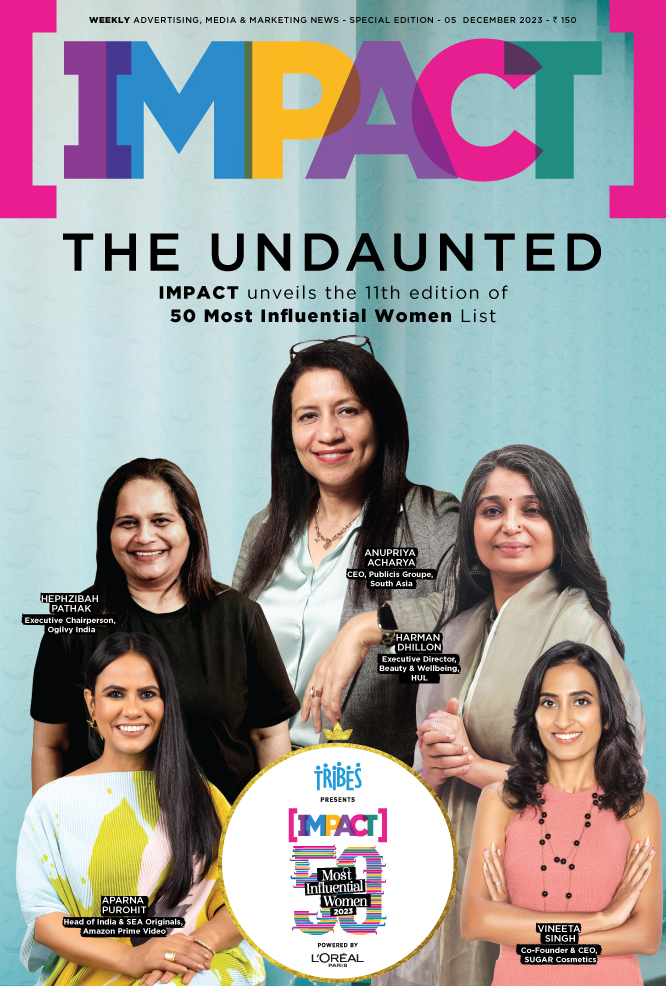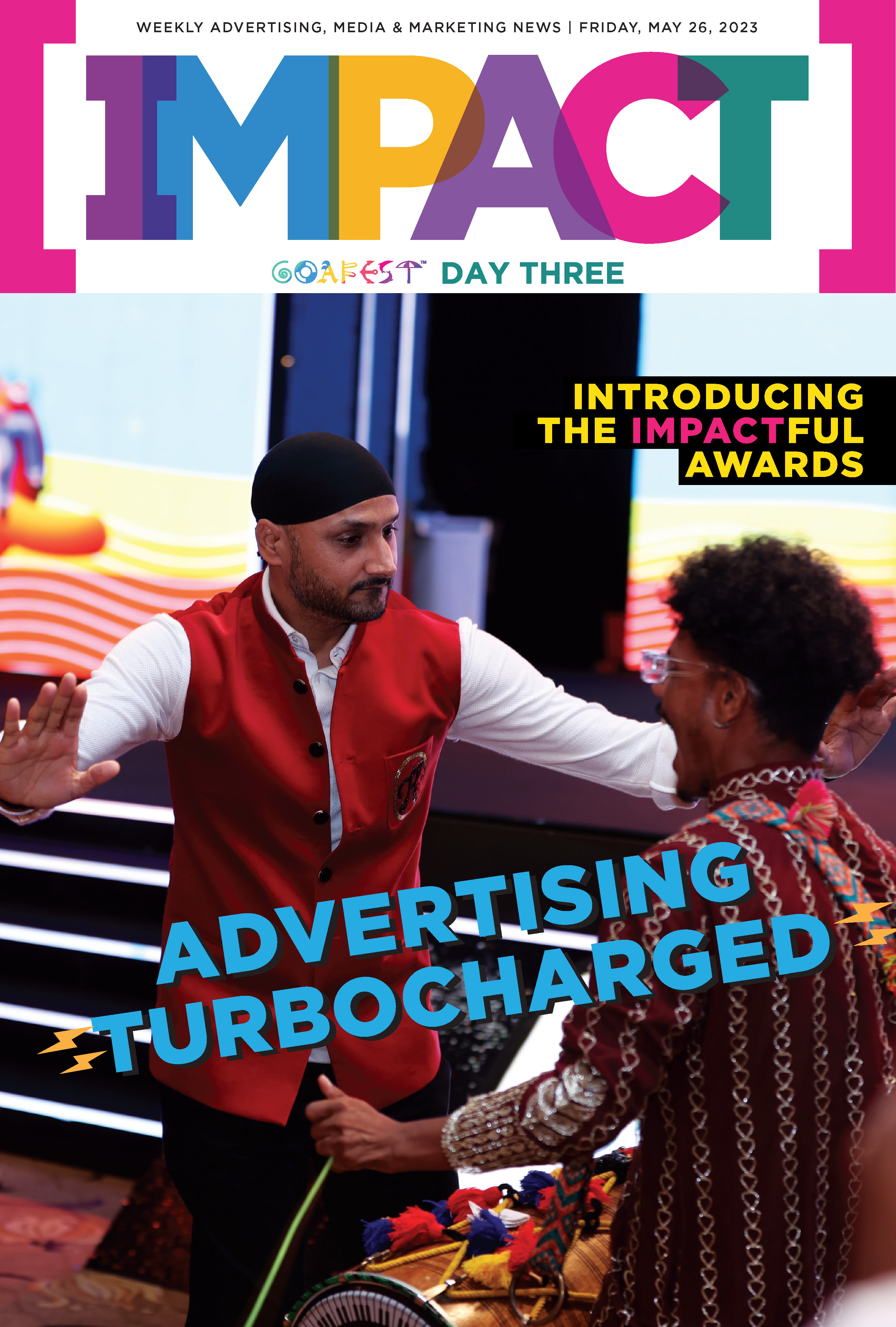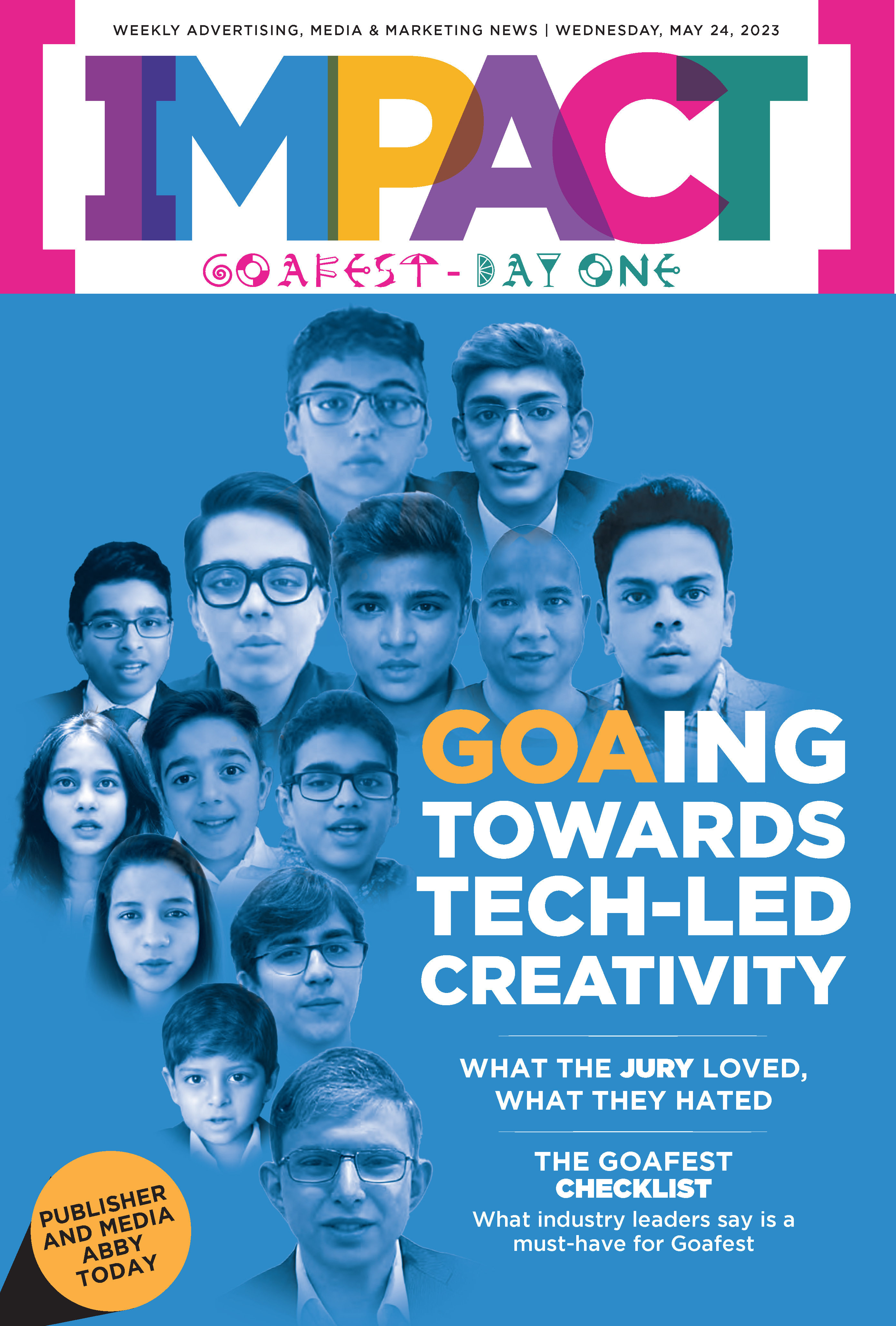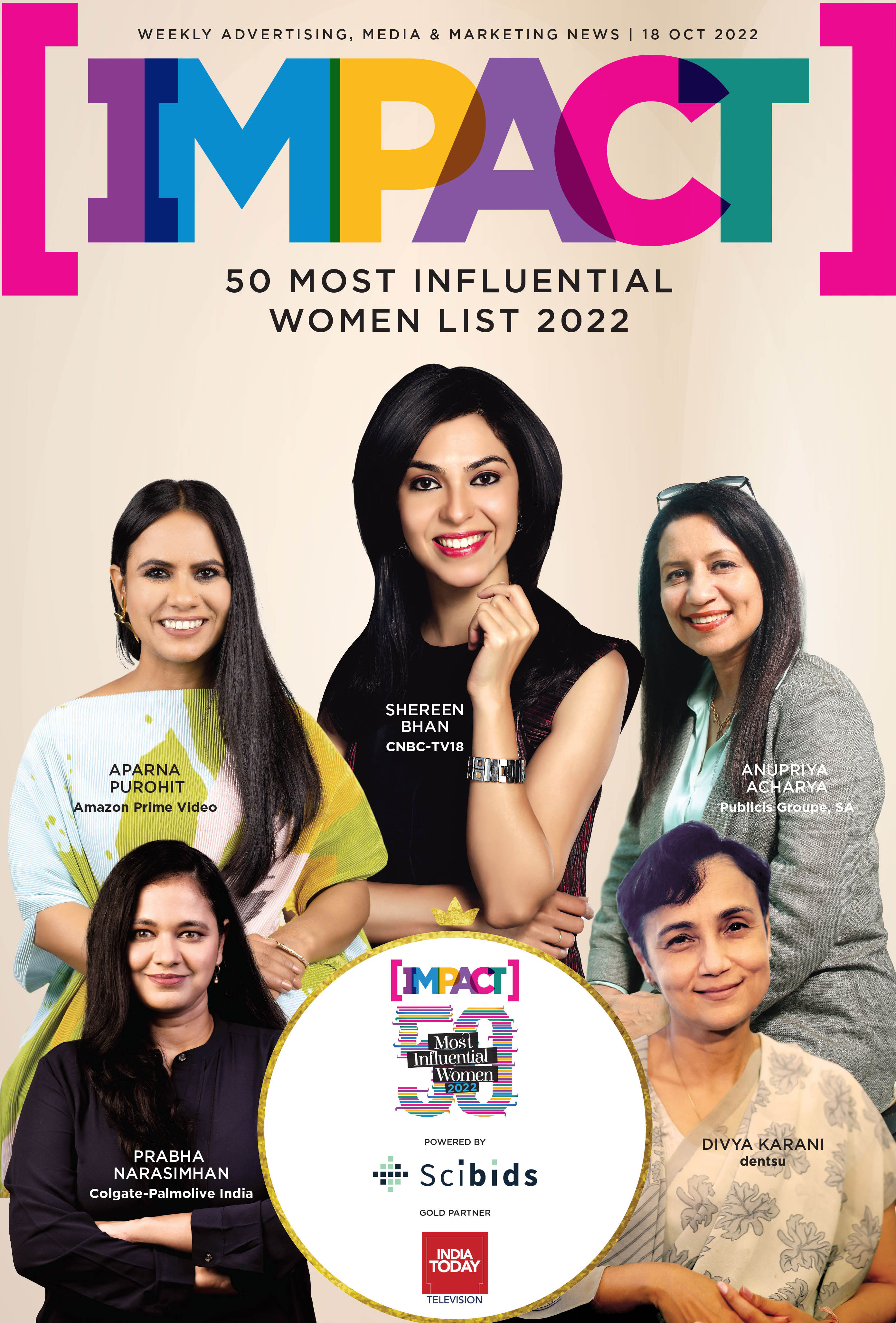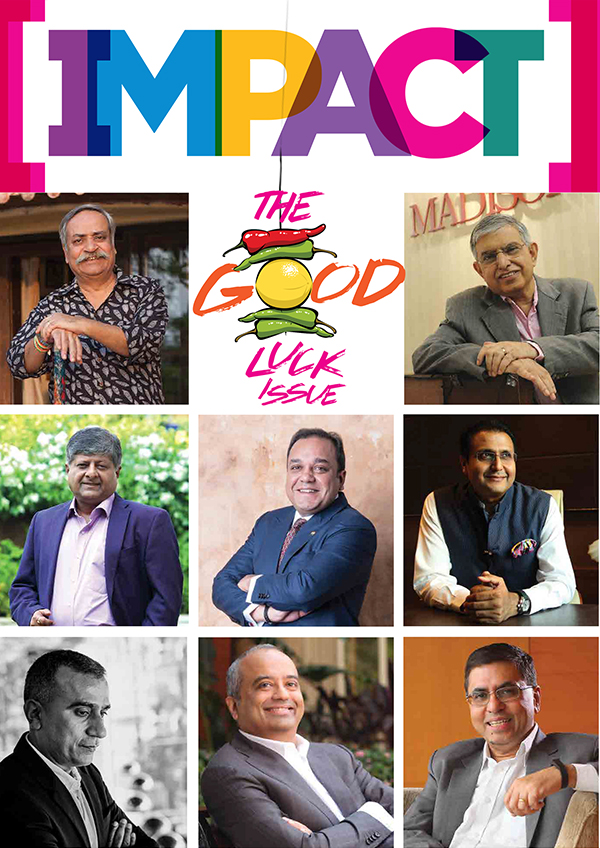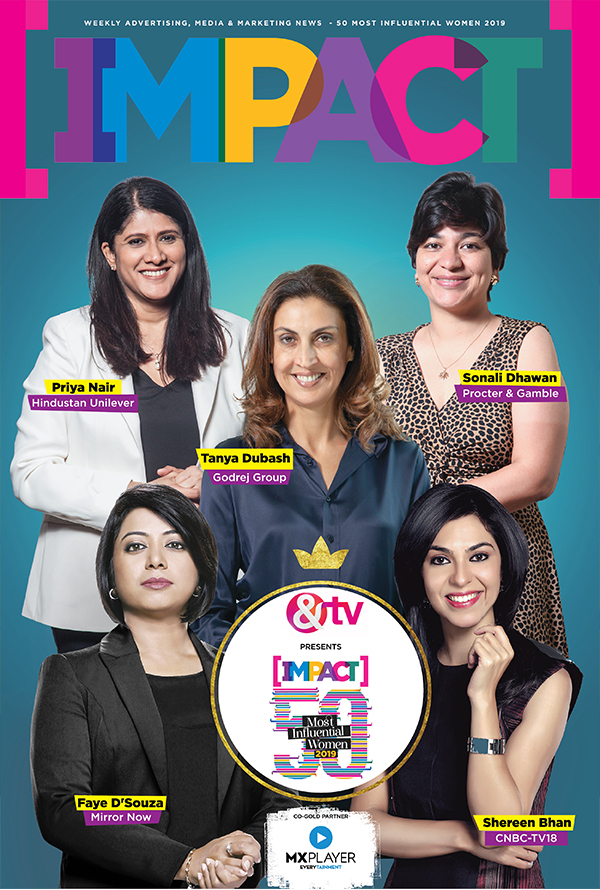Two major elections have captured attention this season for very different reasons. Bihar’s high-voltage digital battle reminded us how aggressively political communication in India has shifted online, while across the world, Zohran Mamdani’s New York campaign demonstrated what happens when a politician positions himself not just as a candidate, but as a political influencer with a brand identity of his own. Taken together, these two moments force an urgent question: as the language of political communication becomes more branded, digital-first, creator-led and culturally expressive, can India meaningfully adapt an influencer personality-led, Mamdani-style playbook and will Indian citizens accept it? This question does not stand outside the story; it sits at the center of understanding how these two elections mirror a changing political future.
Bihar and the Attention Economy
In Bihar, political parties behaved almost like brands fighting for market share. Their digital spend surged, not cautiously but with the kind of immediacy that shows how elections compress marketing instincts into crisis-mode communication. As Aalap Desai, CCO and Co-Founder of tgthr, puts it, “Political parties don't bother with consumer behavior research the way brands do. As a result, they've only just caught on to the power of digital advertising in the last few years and every year they learn how much more it can do. This year is no exception because they have the money and they are pouring it into digital, which makes it clear that this trend is not slowing down.” His observation underscores how political messaging increasingly prioritises visibility and attention over classical ideological communication.
That attention battle played out through influencers as well. Suraj Nedungadi, Associate VP – Strategy of YAAP notes that digital in politics now mirrors brand behavior, offering flexibility, measurable results and personalisation for diverse voter concerns. It wasn’t just macro creators driving this ecosystem. It was hyperlocal teachers, shop owners and district-level voices who became central to persuasion. Toru Jhaveri, Founder & Strategy Lead, The Stuff of Life, articulates this depth when she says, “Political campaigns have a much richer understanding of nano and micro influencers than most brands do and they have figured out how to execute regional and district level outreach with far more precision. This granularity has become a defining advantage because political communication increasingly resembles regional creator networks rather than mass-media spectacles.”
However, Bihar also revealed the more volatile edge of digital innovation. AI-generated content and deepfakes, often seeded informally, became tools of persuasion or manipulation that brands cannot risk. Abhinay Bhasin, SVP – Product & Technology, Dentsu, warns that rising political ad demand creates scarcity and cost pressure, but the ethical concerns run deeper. Jhaveri emphasises, “Undisclosed AI generated content and deepfakes are unethical, it is as simple as that and eventually it is going to create a massive cycle of public cynicism and distrust that will erode the quality of our democracy. I would like to believe that brands will avoid these tactics not only because their internal regulations demand it but because they recognise that it is fundamentally the wrong way to operate.” In these movements — rising spend, deeper creator networks and growing ethical volatility — Bihar demonstrated digital politics running at full speed.
Mamdani: The rise of the influencer-politician model
So while Bihar mapped the mechanics of attention, Mamdani’s New York campaign mapped something different: the architecture of identity. This difference was not cosmetic; it was structural. Where Bihar showed an attention race, Mamdani demonstrated the power of consistent, creator-native identity formation. He did not merely post more content; he presented himself as a political influencer built with the coherence, accessibility and emotional clarity of a modern brand.
Context explains why this worked. Mamdani emerged at a moment when younger American voters were consuming politics inside the same digital spaces as culture, humour and community-building. Suraj Nedungadi, Associate Vice President – Strategy, YAAP, frames this shift: “We are witnessing a fundamental rewiring of political strategy worldwide because elections are no longer shaped primarily in town halls or newspapers. They now unfold in feeds, in comments and in stitched reels where voters interact constantly. Zohran Mamdani’s campaign shows this clearly because he did not simply run a political campaign but built a brand with cultural relevance that younger voters could immediately recognise.” This is political communication built for digital behaviour, not political tradition.
Mamdani’s campaign worked like a sustained content engine with narrative ownership. Bhaskar Majumdar, Communication Specialist and PR Consultant, explains, “The success of Mamdani’s campaign is not just about digital savvy because it is rooted in narrative ownership and data-driven storytelling. Today’s voters expect authenticity, agility and accountability and industry data shows that more than 70 percent of urban millennials and Gen Z voters follow at least one political leader online and more than half say short-form videos shape their political opinions. This reveals an electorate that is not passive but conversation-driven, data-literate and constantly evaluating leadership through digital proximity.” His point reveals why identity resonance mattered more than spectacle.
Design, consistency and clear positioning shaped this resonance. Ambika Sharma, CEO of Pulp Strategy Communications, notes that his campaign “worked because it treated the candidate like a modern brand with a clear identity, consistent language, sharp positioning and a community-first narrative that held everything together. This thinking is relevant for India but it cannot be copy-pasted because Indian leaders must speak to many Indias at once. What Zohran’s model does offer is a blueprint for tightening the system with clearer design language, sharper narrative discipline and content that moves at social speed instead of committee speed.” Her argument draws attention to what can be borrowed and what must be reinterpreted.
What Mamdani demonstrated was not just polish but emotional accessibility. Sahiba Dhandhania, Founder and CEO of Confluencr, explains, “Zohran Mamdani’s model worked because it recognised a fundamental truth that people do not only vote for policies but they connect with personalities. His campaign communicated who he is, why he thinks the way he does and why he understands his community and this identity strategy made him feel familiar, authentic and digitally fluent.”
This online familiarity fed into offline mobilisation. Lloyd Mathias, Business Strategist and Independent Director, points out that his strategy “not only amplified his message but created a movement that contributed to his win by using creator networks that converted online fandom into real-world volunteers and votes. His use of short-form video, streamer collaborations and fandom language strongly appealed to younger voters.” The campaign harnessed participatory internet culture as infrastructure.
Mechanically, Mamdani’s model challenged traditional approaches. Ashok Lalla, independent brand and marketing consultant, explains that he “built his campaign from the grassroots instead of making tall promises through manifestos and as a millennial and digital-native, he naturally embraced social media and made it central to his outreach. This authenticity resonated with younger demographics who preferred clarity over political theatrics.”
Can India adapt this approach to its own context?
This shift toward influencer-coded political communication is already visible in India. Tanmay Shankar, Digital Consultant who has worked closely with government and BJP campaigns, describes social platforms as the “nerve centre of political communication especially in India, where cheap data and widespread smartphone penetration allow political messages to travel from cities to small villages within minutes. What we are seeing today is not just content distribution but a complete behavioural shift, where voters treat platforms like Instagram, YouTube and WhatsApp as their primary spaces for political discovery, debate and verification.” India therefore has the infrastructural readiness for a Mamdani-style strategy; what it lacks is a figure who has used it with the same level of intentionality.
Yet India’s complexity demands careful adaptation. Harshil Karia, Founder and Chief Executive Officer of Schbang, reminds us that Indian youth are not a single audience but a spectrum shaped by drastically different economic pressures, social expectations and cultural realities. He explains, “When we talk about ‘Indian youth,’ we are often collapsing a very diverse group into a single idea, which simply doesn’t exist. There are young people struggling with unemployment and rising costs, there are those experiencing financial stability for the first time in their families, and then there is an entire set that aspires to global lifestyles and experiential spending. Any political communication model that tries to speak to them as one uniform segment will collapse immediately because their motivations and emotional triggers are entirely different.” Supporting this, Sahiba Dhandhania explains that India needs a “vernacular-first, authority-aware, influencer-powered hybrid” — something rooted in local cultural cues and emotional truths rather than a direct import of the American creator-candidate tone.
Ambika Sharma adds that Indian leaders already operate like complex brands balancing symbolism, digital intimacy and policy depth across diverse audiences. Mamdani’s model sharpens that logic but does not replace it. It offers structure, not a template.
Taken together, these perspectives show that Mamdani’s model cannot be imported wholesale, but the underlying architecture: clarity of identity, platform-native storytelling, decentralised creator ecosystems and digital mobilisation is increasingly relevant for India. The country already possesses the digital infrastructure, the creator culture and the youth demographics required. What remains is adaptation, not imitation.
Bihar’s digital blitz proved that attention can be manufactured at unprecedented speed, while Mamdani’s campaign showed how that attention can be shaped into a magnetic political identity. Yet India sits at a more complex intersection where personality-driven politics must coexist with caste equations, regional loyalties, linguistic diversity and an electorate that still expects seriousness and symbolism. What India chooses next: whether it leans into influencer culture, reinvents legacy politics or builds a hybrid altogether will determine not just how leaders communicate but how voters decide what leadership should look like in a world where attention is abundant and trust is not.

















